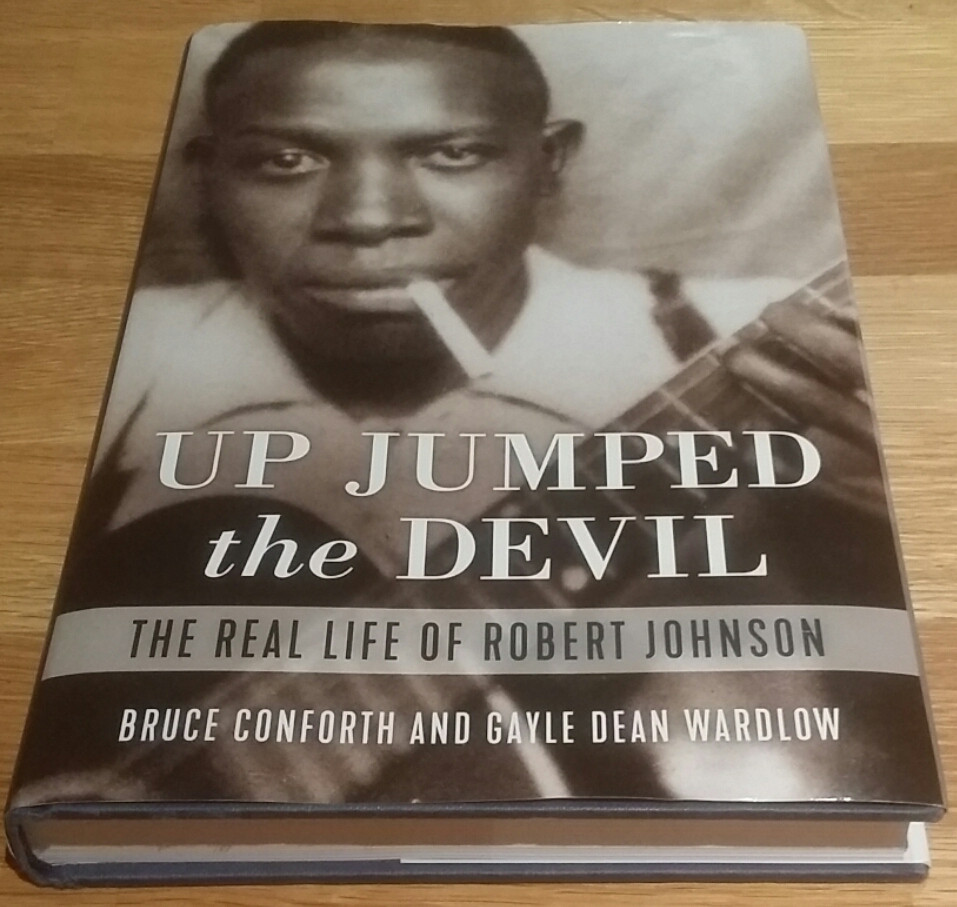Robert Johnson, the name conjures images of a bluesman shrouded in myth and musical innovation. His profound impact on guitar playing is undeniable, yet a fascinating question lingers: what was Robert Johnson’s relationship with the burgeoning electric guitar scene of his time? While celebrated for his acoustic mastery, Johnson’s career intersected with the early days of electric guitars, raising intriguing possibilities of a “Johnson Electric Guitar” sound that never quite materialized.
By the mid-1930s, as Robert Johnson was beginning to make his mark, the electric guitar was no longer a novelty but a developing force in American music. Though Johnson is not known for wielding an electric instrument, it’s crucial to understand that the technology was already present and being explored by his contemporaries. Pioneering electric guitarists were emerging, crafting new sonic landscapes. While Charlie Christian is often cited as an early innovator, figures like Muryel “Zeke” Campbell were also actively recording and shaping the electric guitar’s vocabulary, potentially even closer to Johnson’s orbit.
Accounts suggest Johnson did, in fact, encounter the electric guitar. Bruce Conforth and Gayle Dean Wardlow’s definitive biography details an instance in New York City where Johnson experimented with the instrument. However, it seems this experimentation remained just that – an exploration, not an adoption. Despite the geographical movements of both artists, it’s considered unlikely that Johnson crossed paths with Charlie Christian, whose primary performance and recording sphere was situated further west. Nevertheless, Zeke Campbell, operating within a somewhat closer musical environment to Johnson, provides a compelling point of connection.
Campbell, a key member of the Light Crust Doughboys, was actively recording electric guitar parts in the same period Johnson was laying down his legendary tracks. Remarkably, just days before Johnson’s pivotal 1937 recording session in Dallas, Campbell and the Doughboys recorded “Blue Guitars.” This track, while not the absolute first electric guitar recording, was explicitly titled and structured to showcase the electric guitar, with Campbell’s prominent single-note lines taking center stage for a significant portion of the song.
This recording session on June 13th, 1937, occurred mere days before Johnson’s Dallas recordings debut on June 19th. The very next day, June 20th, was a whirlwind of activity at the 508 Park Avenue studio, with a diverse roster of musicians passing through, including the Light Crust Doughboys, Clifford Gross with Muryel Campbell, Robert Johnson himself, and several other groups.
Robert Johnson biography cover, highlighting the detailed research into his life and musical context, relevant to understanding his era and instrument choices.
Marvin “Smokey” Montgomery, a long-time Doughboys member, recounted years later remembering a blues musician present during those sessions, though not by name. It’s highly plausible this was Robert Johnson. If Johnson arrived at 508 Park Avenue while the Doughboys were still recording – and given that Gross and Campbell only recorded one, ultimately unreleased, track – he may have indeed witnessed the tail end of their session. This could have included hearing Campbell’s electric guitar solos on their final two recordings that day, further examples of pre-Charlie Christian electric guitar artistry.
To hear the pioneering electric guitar work of Zeke Campbell from this session, consider these examples:
The Light Crust Doughboys: “Just Once Too Often” (DAL-391-2; electric guitar solo begins at 1:32).
The Light Crust Doughboys: “Stay Out of the South” (DAL-392- ; electric guitar solo begins at 1:05).
Despite this potential exposure, and even his own brief experiment in New York, Robert Johnson remained firmly rooted in the acoustic realm. The practicalities of a traveling blues musician in the 1930s likely played a significant role. Reliable electricity was far from guaranteed, making an amplified instrument a logistical challenge. Johnson’s choice to “travel light,” as noted by biographers Conforth and Wardlow, further underscores this practical consideration.
Ultimately, we are left to speculate about what a “Johnson electric guitar” sound might have been. However, his enduring legacy rests firmly on his acoustic genius. While the electric guitar surged to prominence in blues and rock, heavily influenced by the very traditions Johnson helped forge, his own contribution remains a testament to the power and depth achievable with just a voice and an acoustic guitar.

